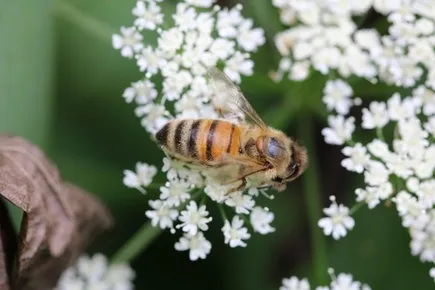With limbs engineered for a unique hunting mechanism, ogre faced spiders is an adept nocturnal predator. As evening descends, this species spins a small silk web, which is then held between its front legs. Rather than waiting passively, it actively ensnares prey by casting this silken net over unsuspecting victims with precision. Their vision, exceptional within their habitat, is finely tuned to detect movement even in low-light conditions, supporting their nocturnal lifestyle and intricate hunting strategies.















![]()







![]()
